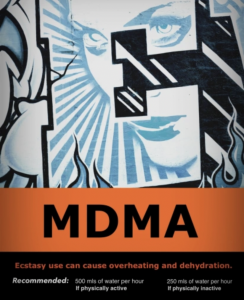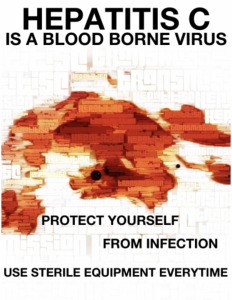10.1 What is Harm Reduction?
There is no single, commonly agreed upon definition of HR. In fact, HR can be understood in a variety of ways:
- As an orientation to substance-use, PWUS and treatments for SUDs.
- As the basis or goals of policies, strategies and programs tied to substance use.
- As a philosophy of how to deal with substance use and PWUS (both substances defined as legal and illegal).
- As a political, activist and/or social justice movement built on a belief in the human rights of PWUS and the importance of treating all people with dignity and respect.
Or HR can be understood as any combination of these.
HR can be viewed as an evidenced-based, client centered, pragmatic public health orientation to substance use, substance use services and control policies. The aim of HR is to reduce substance use-related harms, to the individual, the community and society more generally, and improve overall health and well-being (e.g., physical, social, emotional, spiritual). HR is a pragmatic approach, accepting both substance use as part of society, and a continuation or maintenance of substance use as a trade-off for the reduction in substance-use related harm (CMHA, n.d.; Understanding Harm Reduction, 2020; TEDx Talks, 2019; National Harm Reduction Coalition, 2020).
Although definitions of HR vary, Harm Reduction International (n.d.), a non-governmental organization that aims to reduce the negative impacts of substance use and substance-control policies, offers a good definition that encapsulates many of the elements of HR noted above:
- Harm reduction refers to policies, programmes and practices that aim to minimize negative health, social and legal impacts associated with drug use, drug policies and drug laws.
- Harm reduction is grounded in justice and human rights. It focuses on positive change and on working with people without judgement, coercion, discrimination, or requiring that they stop using drugs as a precondition of support.
- Harm reduction encompasses a range of health and social services and practices that apply to illicit and licit drugs.

Click the link to learn about harm reduction:
VIDEO: The Harm Reduction Model of Drug Addiction Treatment
In the following TED talk, Dr. Mark Tyndall, an epidemiologist, physician, and public health expert, discusses the problems of drug criminalization and how HR strategies, like safe injection/consumption sites, are helping to address the drug poisoning (overdose) crisis.


